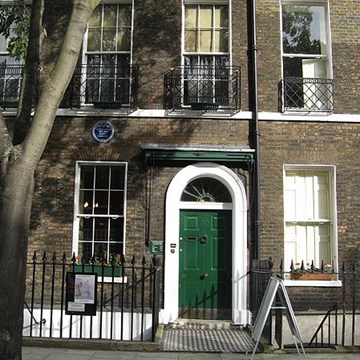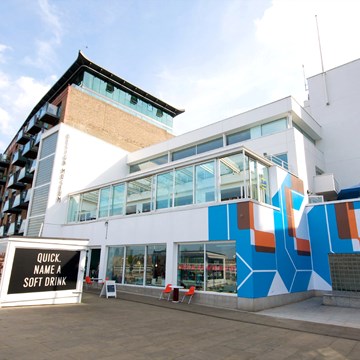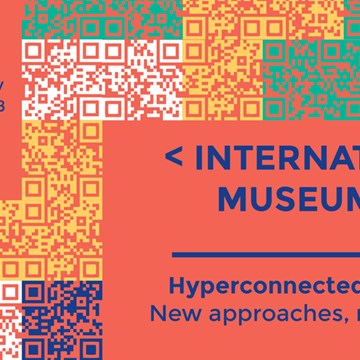Crystals from around the world highlight the crystallographic and geographical diversity of naturally occurring gypsum. These include amazing spearhead crystals–the most distinctive, but also the rarest, from of gypsum.
Over 3,000 fossils from the Paris Basin, which are contemporaneous with the formation of gypsum during the tertiary era, constitute a valuable collection for paleontology investigations (Mandil and Turgis collections).
The Cormeilles quarry presents a precise image of the geological formation of the Paris Basin during the tertiary era, some 38 million years ago. The quarry, before restoration work, had an open cast depth of roughly 100 metres, displaying the clearly stratified layers of the Upper Eocene and the Oligocene epochs.
Crystals from around the world highlight the crystallographic and geographical diversity of naturally occurring gypsum. These include amazing spearhead crystals–the most distinctive, but also the rarest, from of gypsum. Over 3,000 fossils from the Paris Basin, which are contemporaneous with the formation of gypsum during the tertiary era, constitute a valuable collection for paleontology investigations (Mandil and Turgis collections). The Cormeilles quarry presents a precise image of the...
Read more








